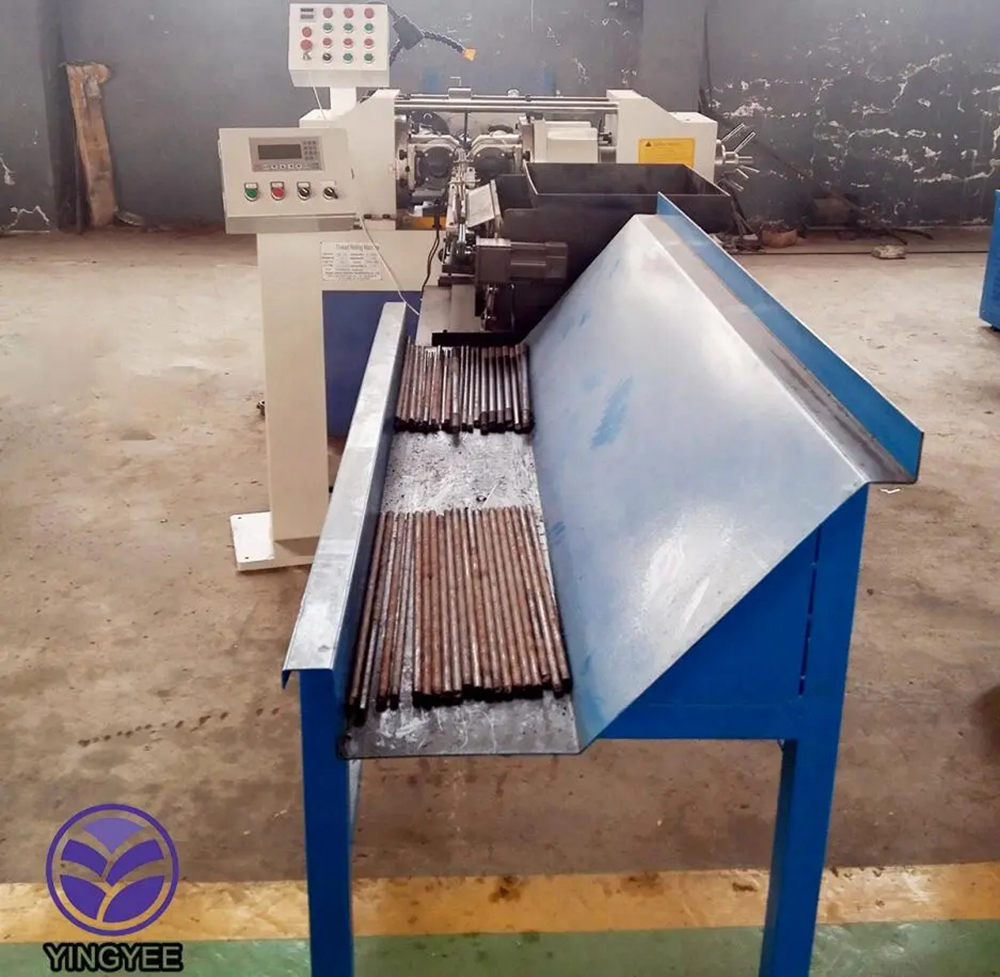
The Importance and Functionality of Galvanized Metal C/Z Purlin Roll Forming Machines
In the construction industry, the demand for durable and lightweight materials has led to the increased use of galvanized metal purlins. Purlins, which are horizontal structural members, play a vital role in supporting roofs and walls in various buildings. In recent years, the advent of innovative technology has prompted the development of specialized machinery, such as galvanized metal C/Z purlin roll forming machines. These machines not only enhance efficiency in production but also ensure precision and customization in purlin manufacturing.
Understanding Purlins and Their Types
Purlins are crucial structural components in commercial and industrial construction. Typically made from steel, they are designed to support roofs and distribute loads. Two common types of purlins are the C and Z purlins, named for their respective shapes. The C purlins are often used for supporting walls and roofs, while Z purlins are more suitable for spanning longer distances, as they can interlock with one another, providing enhanced structural integrity.
Galvanization, the process of coating steel with zinc to prevent rust and corrosion, further improves the longevity and durability of these purlins. This treatment is essential, especially in industries where materials are exposed to moisture, leading to potential degradation over time.
Roll Forming Process Overview
Roll forming is a continuous bending operation in which a long strip of metal is gradually shaped into a desired cross-section. The process involves feeding a flat metal sheet through a series of rolls, each of which performs a specific bend until the final shape is achieved. For C/Z purlins, this process is integral because it allows for high-volume production with minimal waste.
The galvanized metal C/Z purlin roll forming machine is engineered with precision to create purlins that meet specific structural requirements. These machines typically consist of a decoiler, roll forming stands, a cutting mechanism, and a control system for automation.
Key Components of C/Z Purlin Roll Forming Machines
1. Decoiler This component unwinds the coiled galvanized metal sheet and feeds it into the roll forming machine. Decoilers are designed to handle various coil sizes and thicknesses.

2. Roll Forming Stands The heart of the machine consists of multiple roll forming stations, each designed to perform specific shaping tasks. These stands are adjustable to accommodate different purlin sizes.
3. Cutting Mechanism Once the desired length of purlin is achieved, a cutting mechanism—often a hydraulic or mechanical shear—cuts the purlin to size. This ensures that each purlin meets exact specifications.
4. Control System Modern machines incorporate advanced control systems that allow operators to program various parameters, including length, thickness, and production speed, enhancing efficiency and reducing manual intervention.
Advantages of Using C/Z Purlin Roll Forming Machines
1. Efficiency The automated nature of roll forming machines allows for continuous production, greatly increasing output compared to traditional manufacturing methods.
2. Cost-Effectiveness With minimal material waste and reduced labor costs, using modern roll forming technology can significantly lower production costs.
3. Customization Manufacturers can easily adjust specifications to create customized purlins, meeting the unique needs of different projects without extensive retooling.
4. Quality and Consistency Roll forming ensures uniformity in size and shape, resulting in high-quality products that meet stringent construction standards.
Conclusion
The introduction of galvanized metal C/Z purlin roll forming machines has revolutionized the construction materials industry. By combining advanced engineering and innovative technology, these machines enable manufacturers to produce high-quality, durable purlins efficiently and cost-effectively. As the construction industry continues to evolve, the significance of such machinery will likely grow, driving the trend towards faster, safer, and more sustainable building practices. As a result, understanding the functionality and benefits of these machines is crucial for industry stakeholders looking to enhance their production capabilities.